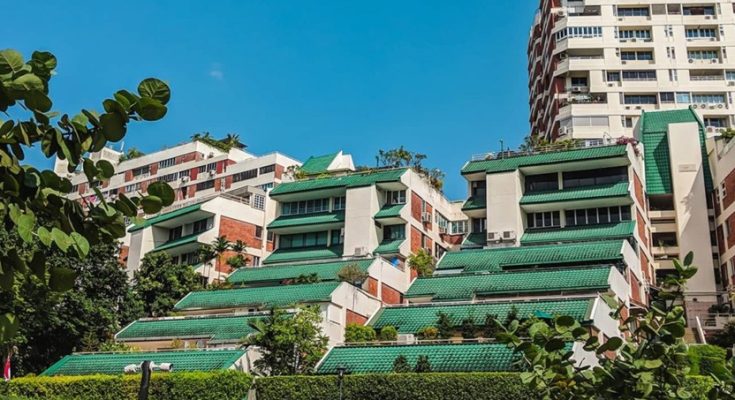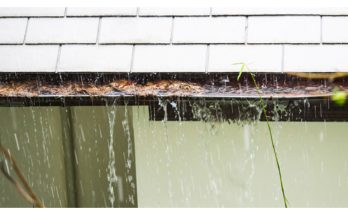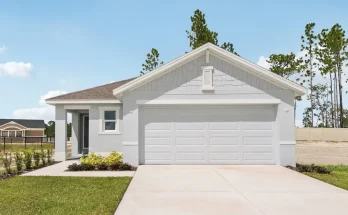Condominium buildings face inevitable deterioration as they age, creating financial and practical challenges for residents and potential buyers. While newer developments like River Modern incorporate modern building standards and fresh components, older condominium communities often struggle with ageing infrastructure requiring costly repairs or replacement. Prospective condo buyers must learn to identify these potential issues before purchasing to avoid unexpected financial burdens.
Critical plumbing challenges in ageing buildings
Older condominiums frequently contain plumbing systems approaching or exceeding their intended service life. Galvanised steel pipes are standard in buildings constructed before 1970, and they typically develop internal corrosion after 40-50 years, restricting water flow and eventually failing. Copper piping installed in the 1970s and 1980s generally lasts longer but requires replacement after 50-70 years, depending on water quality and installation methods.
Plumbing failures create cascading problems throughout condominium communities. Water damage from pipe leaks affects multiple units, causing tension between neighbours and complicated insurance claims. Drain line deterioration leads to slow drainage, backups, and potential sewage issues affecting entire stacks of units. Compromised water supply lines deliver reduced pressure and potentially discoloured water to fixtures.
Electrical systems and modern power demands
Electrical infrastructure in ageing condominiums faces dual challenges: natural deterioration alongside increasing power demands from modern devices. Buildings constructed in the 1960s through 1980s typically featured electrical systems designed for far fewer appliances and electronics than today’s households use. These limitations manifest in several ways:
- Insufficient service capacity for current demand levels
- Outdated panel boxes with limited expansion capability
- Aluminium wiring in buildings from specific eras
- Inadequate outlet numbers and locations
- Obsolete grounding standards in older systems
Ageing electrical components create safety concerns beyond mere convenience issues. Circuit breakers lose effectiveness over decades of use, potentially failing to trip during dangerous overloads. Wire insulation becomes brittle with age, creating potential fire hazards within walls. Ground fault protection may be minimal or absent in older units’ bathrooms and kitchens.
Roofing and exterior envelope deterioration
Facade and roofing systems represent major expenditures when they reach end-of-life conditions in condominium buildings. These components protect the entire structure from weather exposure, making maintenance critical to building longevity and individual unit condition. Several warning signs indicate potential problems:
- Water stains appearing on top-floor unit ceilings
- Efflorescence (white mineral deposits) on exterior brick or concrete
- Visible cracks in stucco or concrete panels
- Balcony deterioration, including concrete spalling
- Window seal failures causing fogging between panes
Depending on materials and climate conditions, roofing systems typically require replacement every 20-30 years. Flat roofs, common on many condominium buildings, generally have shorter lifespans than pitched roof structures. When replacement becomes necessary, costs are distributed across all owners through special assessments or reserve expenditures.
HVAC equipment lifecycles and replacement costs
Central heating and cooling equipment in condominium buildings operates on predictable replacement cycles that savvy buyers should evaluate before purchase. Boilers serving hydronic heating systems generally last 20-30 years before requiring replacement. Cooling towers supporting central air conditioning typically need replacement or major rebuilding on similar timeframes.
Components like fan coil units, heat pumps, or PTAC systems generally last 15-25 years with proper maintenance. When these components fail, replacement often requires coordination with building management due to water connections, drainage systems, and electrical supply considerations.
Before purchasing in older communities, review recent engineering reports and reserve studies to assess mechanical system conditions.




